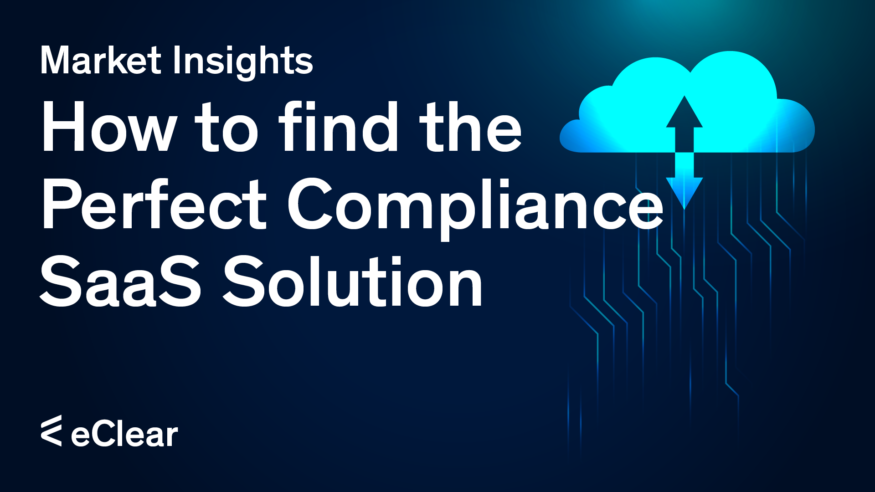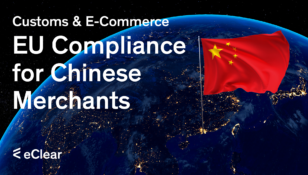Maintaining compliance with industry regulations is more challenging than ever. As organisations grow and expand, the complexity of managing compliance increases, leading many companies to seek more efficient, SaaS-based compliance solutions. Compliance SaaS solutions allow businesses to automate compliance processes, streamline workflows, and reduce manual errors.
This article introduces our comprehensive guide designed to help you select and implement the right Compliance SaaS solution for your business. This guide provides step-by-step instructions on preparing your organisation internally, evaluating potential vendors, and ensuring a smooth implementation. Whether you’re a small business or a large enterprise, our guide will equip you with the knowledge and tools to make informed decisions and achieve a successful compliance strategy.
Part 1: Preparing Your Company for Implementation
Before selecting a Compliance SaaS solution, ensuring your company is fully prepared is crucial. This section will guide you through the necessary steps to define your compliance needs, set clear objectives, and assemble the right team. Proper preparation will lay the foundation for a successful implementation, ensuring your chosen solution aligns perfectly with your business goals.
1. Define Compliance Requirements
- Identify Regulatory Needs: Determine which regulations apply to your business and what compliance tasks need to be managed through the SaaS solution.
- Prioritise Compliance Areas: Rank your compliance needs by importance and urgency.
2. Set Clear Objectives
- Outline Business Goals: Define what you want to achieve with the SaaS solution.
- Measure Success: Determine key performance indicators (KPIs) for success.
3. Establish a Budget
- Determine Budget Limits: Set a clear budget for the SaaS solution, including implementation and subscription costs.
- Consider ROI: Assess the expected return on investment to ensure value for money.
4. Assemble a Cross-Functional Team
- Involve Key Stakeholders: Include representatives from compliance, IT, finance, and operations.
- Assign Roles and Responsibilities: Clearly define roles for the project.
5. Research and Shortlist Vendors
- Conduct Market Research: Explore potential vendors specialising in your compliance needs.
- Evaluate Vendor Expertise: Look for vendors with a track record in your industry.
6. Prepare for Vendor Demos
- Develop Use Cases: Create specific scenarios that reflect your compliance challenges.
- Create a Checklist: Use your compliance requirements to evaluate each demo.
7. Plan for Data Migration and Integration
- Assess Current Systems: Review your existing systems to understand how data will be migrated.
- Coordinate with IT: Work with your IT team to ensure compatibility.
8. Develop an Implementation Timeline
- Set Milestones: Break down the process into key milestones.
- Align Resources: Ensure resources are available at each stage.
9. Training, Change Management, and Resource Reallocation
- Prepare a Training Programme: Develop a training programme tailored to different user groups to ensure smooth adoption.
- Communicate Changes: Clearly communicate the benefits and changes associated with the new SaaS solution to all employees, addressing any concerns or resistance.
- Plan for Process Changes: Anticipate how workflows and processes will change with the new system. Identify tasks that will be automated or eliminated and plan how to reallocate staff and resources to other valuable activities.
10. Monitor and Review
- Track Progress: Regularly monitor the implementation process against your KPIs.
- Conduct Post-Implementation Reviews: Review the solution’s performance and make adjustments as necessary.
11. Establish Ongoing Governance
- Assign Ongoing Roles: Designate team members to manage the SaaS solution post-implementation.
- Regular Audits and Updates: Schedule audits to ensure the solution remains compliant.
Part 2: Selecting the Right Compliance SaaS Solution
With your internal preparations in place, it’s time to focus on choosing the best Compliance SaaS solution for your business. This section outlines the key factors to consider, from assessing security and scalability to evaluating vendor expertise and support. Following these steps, you can confidently select a solution that meets your compliance needs and supports your long-term success.
1. Compliance Updates & Monitoring
- Regulatory Updates: Ensure the SaaS provider actively monitors regulatory changes and updates the software accordingly.
- Real-Time Monitoring: Look for real-time monitoring and alerts for compliance issues to address potential risks promptly.
2. Security
- Data Protection: The vendor must adhere to strict security standards, including encryption and access controls.
- Regulatory Compliance: Ensure the solution meets GDPR and other relevant data protection laws for your industry and location.
3. Workflow Integration
- Business Needs: The solution should integrate well with your compliance processes and support more efficient workflows.
- Seamless Integration: Ensure the solution connects smoothly with your existing systems (e.g., ERP) and allows for an easy transition of existing data.
4. Scalability
- Future Growth: Ensure the solution scales with your business as data volumes, users, and compliance requirements grow.
- Adaptability: Choose solutions that adapt to evolving business needs, allowing for easy upgrades and additional features as your operations expand.
5. Audit Trail and Reporting
- Audit Trail: The solution should provide comprehensive audit trails to track changes and ensure transparency in compliance management.
- Custom Reporting: Look for features that allow custom reporting to meet specific compliance needs.
6. Vendor Evaluation
- Compliance Expertise: Choose a vendor with proven expertise in your specific compliance areas.
- Demonstrated Success: Look for case studies and examples showing success in similar compliance challenges.
7. Support and Service
- Customer Support: Assess the quality and availability of support services, including assistance during integration.
- Training and Resources: Ensure the vendor provides adequate training resources and a clear integration timeline to effectively plan your deployment.
8. Service Level Agreements (SLAs)
- Performance Guarantees: Review the vendor’s SLAs to ensure they provide adequate guarantees for uptime, response times, and issue resolution.
9. Cost and ROI
- Transparent Pricing: Look for clear pricing models that align with your budget and provide value for money.
- Return on Investment (ROI): Evaluate how the solution reduces costs, mitigates risks, and improves operational efficiency.
Conclusion
Implementing a Compliance SaaS solution is a strategic move that can significantly enhance your organisation’s ability to manage compliance efficiently and effectively. By automating complex compliance processes and streamlining workflows, you reduce the risk of manual errors and ensure your business is always aligned with the latest regulations.
As the regulatory landscape continues to evolve, having a reliable SaaS-based compliance tool will give your business the agility it needs to stay ahead.
Let’s stay in touch!
Stay up to date on the latest market trends, best practices and regulatory changes affecting cross-border trade by following us on LinkedIn.








